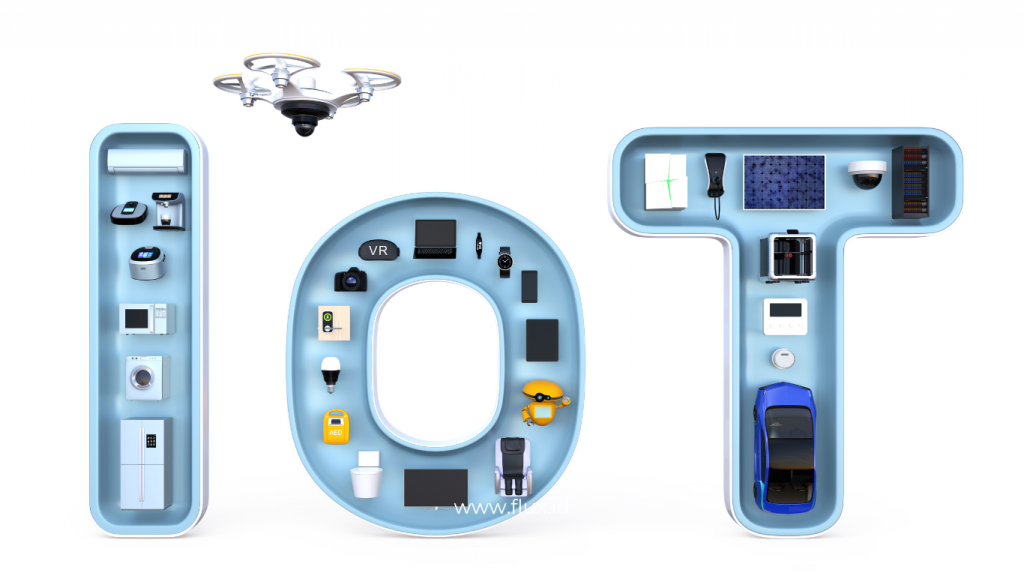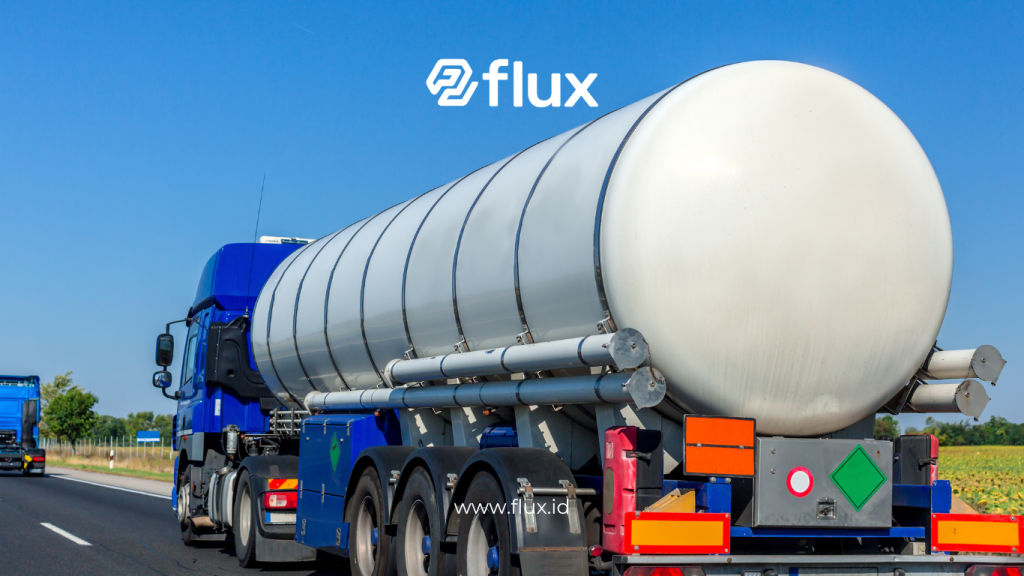Don't miss our holiday offer - 20% OFF!
In the industrial and logistics world, fuel management is a crucial aspect that requires special attention. The use of IoT (Internet of Things) sensors for monitoring fuel tanks has become a smart solution that helps companies manage fuel quality and quantity more efficiently. This article will discuss the various types of IoT sensors used in fuel tank monitoring, how they work, as well as the benefits and challenges faced.
Contents
1. What Are IoT Sensors for Fuel Tank Monitoring?

IoT sensors are smart devices that can collect and transmit data in real-time over the internet. In the context of fuel tank monitoring, these sensors are used to monitor various important parameters such as fuel level, temperature, pressure, quality, and more. The data obtained from these sensors helps companies optimize fuel management and prevent issues that could lead to losses.
2. Types of IoT Sensors for Fuel Tank Monitoring

Read More: How Fire and Gas Sensors Work: Ensuring Smart City Safety with Advanced Technology
2.1. Level Sensors
Level sensors are used to measure the height of fuel inside the tank. There are several types of level sensors commonly used:
- Ultrasonic Sensors: Use ultrasonic waves to measure the distance between the sensor and the fuel surface. These sensors are accurate and can measure fuel levels in various conditions.
- Radar Sensors: Utilize radar waves to detect fuel levels. These sensors are not affected by temperature or pressure changes, making them reliable for extreme environmental conditions.
- Capacitive Sensors: Measure changes in capacitance between electrodes to determine fuel levels. These sensors are suitable for tanks containing fuel with varying viscosities.
2.2. Temperature Sensors
Temperature sensors measure the fuel temperature inside the tank. Temperature changes can affect fuel quality, so temperature monitoring is crucial. Types of temperature sensors include thermocouples and RTD (Resistance Temperature Detector) sensors.
2.3. Pressure Sensors
Pressure sensors monitor the pressure inside the tank. Abnormal pressure can indicate leaks or other issues. Pressure sensors are used to ensure that the tank operates within safe pressure limits.
2.4. Fuel Quality Sensors
Fuel quality sensors measure the quality of the fuel to detect contamination or changes in fuel composition. These sensors can monitor parameters such as water content, density, and viscosity.
2.5. Flow Sensors
Flow sensors measure the rate of fuel flow from the tank. This is important for monitoring fuel usage and ensuring a stable supply.
2.6. Leak Detection Sensors
These sensors detect fuel leaks around the tank. This is crucial for preventing environmental damage and safety hazards.
2.7. GPS Sensors
GPS sensors are used to track the location of fuel tanks if needed for tracking or remote monitoring.
3. How IoT Sensors Work in Fuel Tank Monitoring

3.1. Data Collection
IoT sensors are installed at various parts of the fuel tank to collect real-time data. This data includes fuel level, temperature, pressure, and fuel quality.
3.2. Data Transmission
The data collected by the sensors is transmitted over the internet to a central server or management platform. Data transmission is typically done using communication protocols like MQTT (Message Queuing Telemetry Transport) or HTTP (Hypertext Transfer Protocol).
3.3. Data Analysis
Once the data reaches the central server, analytic systems can be used to process and analyze it. This analysis can provide insights into the condition of the fuel tank, such as trends in fuel level changes or potential quality issues.
3.4. Actions and Alerts
Based on the analysis results, the system can send alerts or notifications to managers or technicians if issues such as leaks or poor fuel quality are detected. This allows for immediate action to address problems before they become more serious.
4. Benefits of Using IoT Sensors for Fuel Tank Monitoring

Read More: Flood Anticipation with IoT, Direct Monitoring from Smartphone
4.1. Operational Efficiency
These sensors enable companies to monitor fuel tanks in real-time, reducing the need for manual inspections that are time-consuming and resource-intensive. This improves operational efficiency and reduces downtime.
4.2. Fuel Quality Management
By continuously monitoring fuel quality, companies can detect contamination or changes in fuel composition that could affect engine or vehicle performance. This helps maintain fuel quality standards.
4.3. Preventing Damage and Leaks
Leak detection and pressure sensors help identify issues before they become more serious. This prevents damage to the tank and reduces the risk of fuel leaks that could harm the environment.
4.4. Cost Savings
By reducing the need for manual inspections and preventing damage, companies can save on operational costs. Additionally, better monitoring allows for more efficient fuel inventory management, reducing waste.
4.5. Safety and Compliance
Monitoring fuel tank conditions with IoT sensors helps companies comply with safety and environmental regulations. These sensors also enhance safety by detecting potential issues before they become threats.
5. Challenges in Implementing IoT Sensors for Fuel Tank Monitoring

Read More: Overcoming Farmer Challenges with IoT Solutions
5.1. Initial Costs
The initial investment in purchasing and installing IoT sensors and the necessary infrastructure can be quite high. However, the long-term benefits of efficiency and cost savings often outweigh the upfront costs.
5.2. Data Security
Data transmission over the internet requires careful attention to data security. Protection against cyber attacks and unauthorized access is crucial to maintain data integrity.
5.3. Technology Limitations
Some sensors may not perform well in extreme environmental conditions or with fuels of specific properties. Choosing the right sensors for specific applications is key to successful monitoring.
5.4. System Integration
Integrating IoT sensors with existing management systems requires careful planning and implementation. The system must be capable of accommodating the collected data and providing a user-friendly interface.
Conclusion
IoT sensors for fuel tank monitoring offer a smart solution for managing fuel quality and quantity more efficiently. With the ability to monitor various critical parameters such as level, temperature, pressure, and fuel quality, these sensors provide significant benefits in terms of operational efficiency, fuel quality management, damage prevention, cost savings, and safety.
Despite the challenges in implementation, such as initial costs and data security, the long-term benefits of using IoT sensors often outweigh these challenges. Companies adopting this technology can achieve better fuel management and tackle operational challenges with greater confidence.
As IoT technology continues to evolve, these sensors will become increasingly sophisticated and offer more comprehensive solutions for fuel tank monitoring, ensuring that companies can continue to optimize their fuel management in response to evolving needs and challenges.





